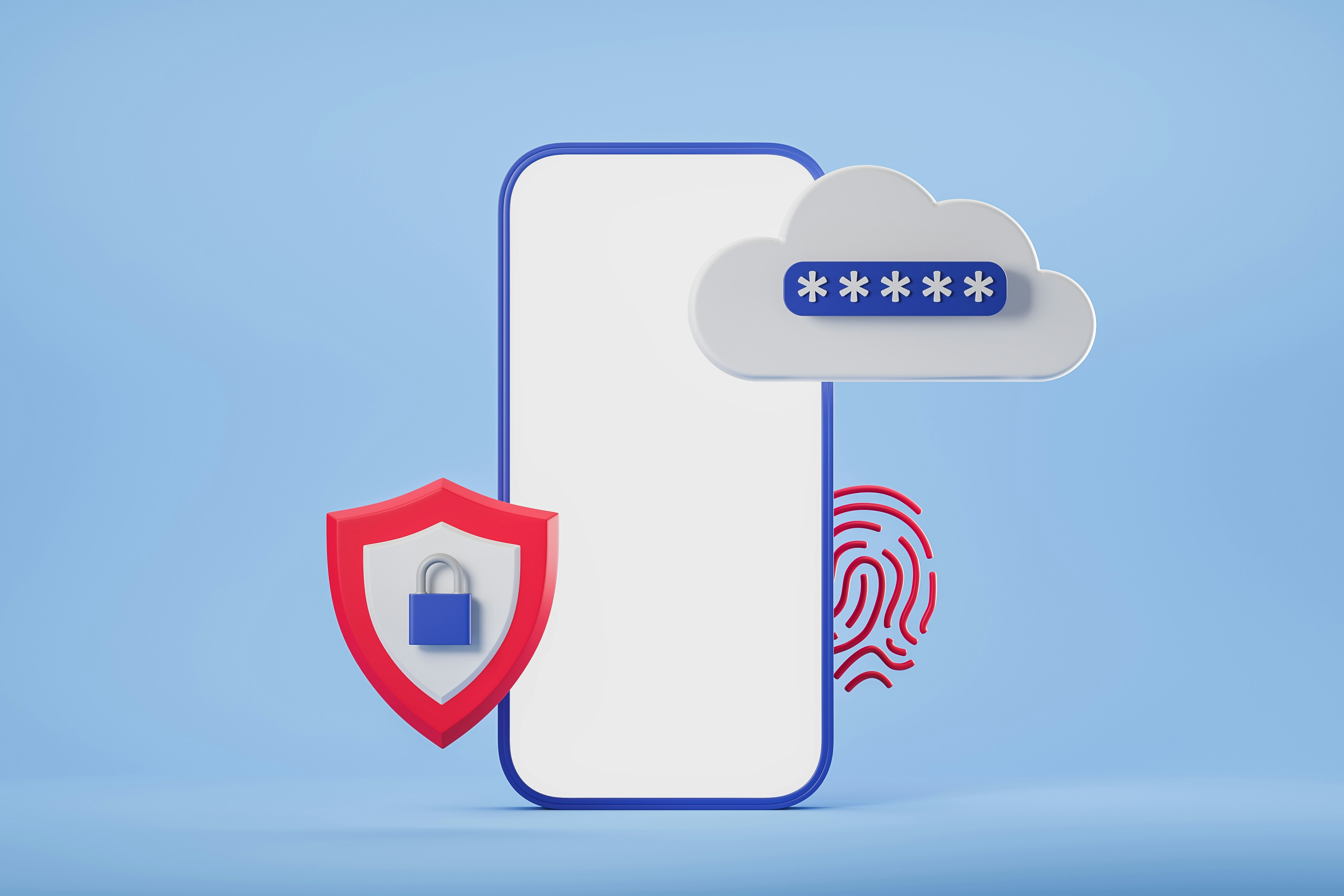Introduction
The Cybersecurity and Infrastructure Security Agency (CISA) recently issued an urgent alert regarding the exploitation of unencrypted persistent cookies in F5 BIG-IP devices by threat actors. This vulnerability poses significant risks to network security, allowing attackers to hijack sessions and gain unauthorized access to sensitive data. Understanding the implications of this threat and implementing robust security measures is crucial for organizations relying on F5 BIG-IP devices.
Understanding the Vulnerability
What Are F5 BIG-IP Devices?
F5 BIG-IP devices are widely used for application delivery, load balancing, and security services in enterprise environments. They play a critical role in ensuring the availability, performance, and security of applications.
The Issue with Unencrypted Persistent Cookies
Persistent cookies are used to maintain session state across requests. When these cookies are not encrypted, they can be intercepted by malicious actors. CISA's alert highlights that threat actors are actively exploiting this vulnerability in F5 BIG-IP devices, enabling them to hijack user sessions and potentially gain access to sensitive information.
Potential Impact
Security Risks
- Session Hijacking: Attackers can hijack user sessions, leading to unauthorized access to applications and data.
- Data Breaches: Sensitive information, including personal and financial data, can be exposed.
- System Compromise: Exploiting this vulnerability can allow attackers to escalate privileges and compromise entire systems.
Business Consequences
- Reputational Damage: Data breaches and security incidents can harm an organization’s reputation.
- Financial Losses: Costs associated with data breaches, including fines, legal fees, and remediation expenses, can be substantial.
- Operational Disruption: Security incidents can disrupt business operations, leading to downtime and productivity losses.
Mitigation Strategies
Encrypt Persistent Cookies
Ensure that all persistent cookies used by F5 BIG-IP devices are encrypted. This adds a layer of protection against interception and exploitation by threat actors.
Update and Patch Systems
Regularly update F5 BIG-IP devices with the latest security patches and firmware updates. Staying current with updates helps mitigate known vulnerabilities.
Implement Strong Access Controls
Restrict access to F5 BIG-IP devices to authorized personnel only. Use strong authentication methods, such as multi-factor authentication (MFA), to enhance security.
Monitor and Audit Logs
Regularly monitor and audit logs for any suspicious activity. Early detection of anomalies can help prevent potential security incidents.
Conduct Security Assessments
Perform regular security assessments and penetration testing to identify and address vulnerabilities in your network infrastructure.
Conclusion
The CISA warning on threat actors exploiting unencrypted persistent cookies in F5 BIG-IP devices is a critical reminder of the importance of robust cybersecurity practices. By encrypting cookies, updating systems, and implementing strong access controls, organizations can significantly reduce the risk of exploitation. Stay vigilant and proactive in securing your network infrastructure to protect sensitive data and maintain the integrity of your systems.







